11 Powerful Weed-Eliminating Plants For A Flourishing Garden
Weeds can be a challenge in any garden, but there are natural ways to keep them at bay. Certain plants have the ability to outcompete weeds and prevent them from taking over. By choosing the right plants, you can create a thriving garden while reducing the need for harmful chemicals. These plants not only help with weed control but also add beauty and variety to your space. With the right selection, you can have a flourishing garden free of unwanted growth.
This post may contain affiliate links, which helps keep this content free. Please read our disclosure for more info.
Clover

Clover is a great plant for preventing weeds because it grows quickly and densely. Its thick coverage prevents weeds from establishing by blocking sunlight and crowding them out. This plant thrives in both sunny and partly shaded areas, making it versatile for different garden spaces. Regular watering and occasional mowing will help maintain a healthy, thick growth.
In addition to controlling weeds, clover is also a nitrogen-fixing plant, which improves the soil. It works well as a ground cover in lawns or garden beds. Clover requires little maintenance and can even be left to grow in-between vegetables to suppress weeds naturally. It is an eco-friendly choice that does not require harsh chemicals.
Mint
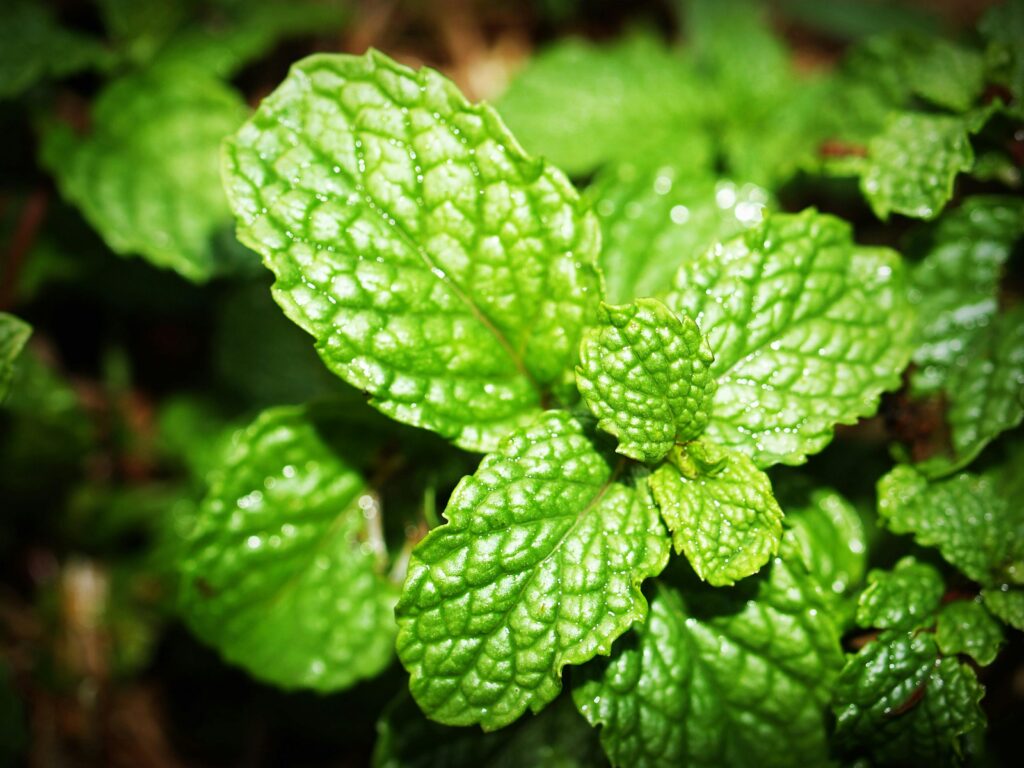
Mint is a fast-growing herb that can spread quickly, covering the ground and smothering weeds. The dense foliage of mint outcompetes weeds by using up available space and nutrients. This plant thrives in partial sunlight and well-drained soil, but it can grow in various conditions. Mint needs regular watering, especially in dry spells, to keep its growth strong.
Mint can spread aggressively, so it is best to plant it in containers or confined spaces to prevent it from taking over the garden. Its aromatic leaves deter pests and weeds, adding both function and fragrance to your garden. Harvesting the leaves regularly will help promote fresh growth and keep the plant under control. It can also be used in cooking or teas.
Thyme
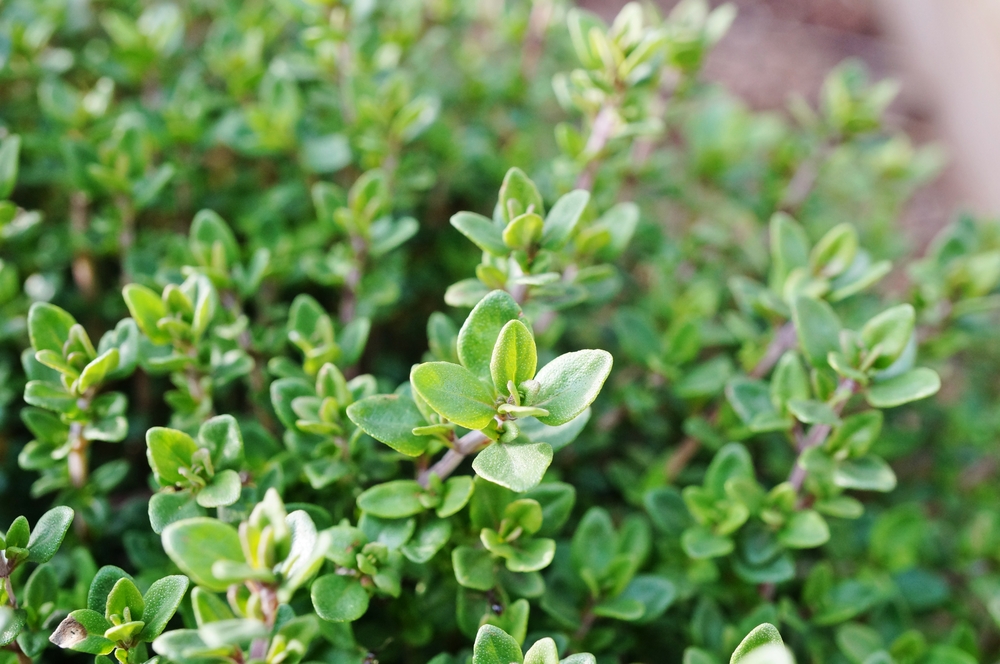
Thyme is a low-growing herb that can act as an excellent ground cover, suppressing weeds with its dense growth. The plant’s small leaves and spreading nature help block the sunlight needed for weed growth. Thyme prefers well-drained soil and full sunlight, making it a great choice for sunny spots in the garden. Regular watering is important, but be careful not to overwater, as it prefers slightly dry conditions.
In addition to controlling weeds, thyme adds a pleasant fragrance and is useful in culinary dishes. This hardy herb also attracts pollinators like bees, benefiting your garden’s ecosystem. Thyme is easy to maintain and requires minimal care. It is an excellent choice for garden paths or between stepping stones, where it can thrive and keep weeds at bay.
Lavender
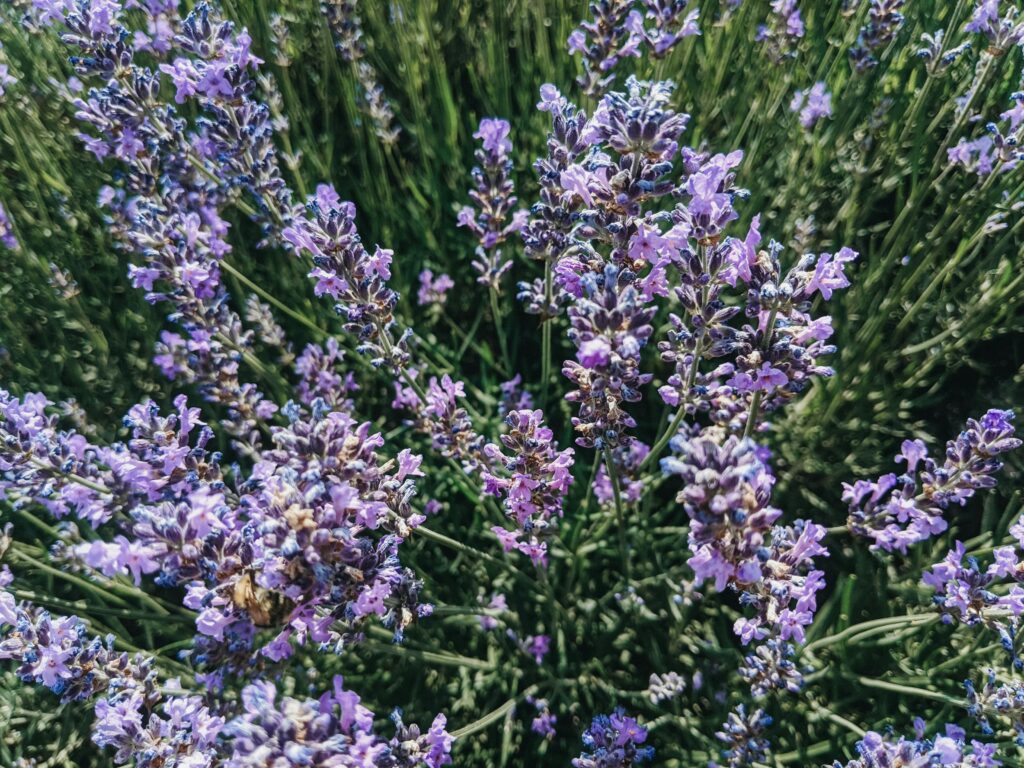
Lavender’s strong, fragrant growth can keep weeds from growing by competing for space and resources. It thrives in well-drained soil and full sunlight, making it ideal for hot, dry areas in your garden. Lavender needs regular watering but should not be overwatered, as it prefers drier conditions once established. Pruning after blooming helps to keep the plant healthy and encourages more flowers.
Aside from preventing weeds, lavender attracts pollinators like bees and butterflies, making it beneficial for your garden. Its lavender flowers are often used in bouquets, potpourri, and essential oils. Lavender does not require much maintenance once established, making it a low-maintenance plant for any garden. Its beauty and fragrance will enhance your garden while keeping weeds at bay.
Garlic
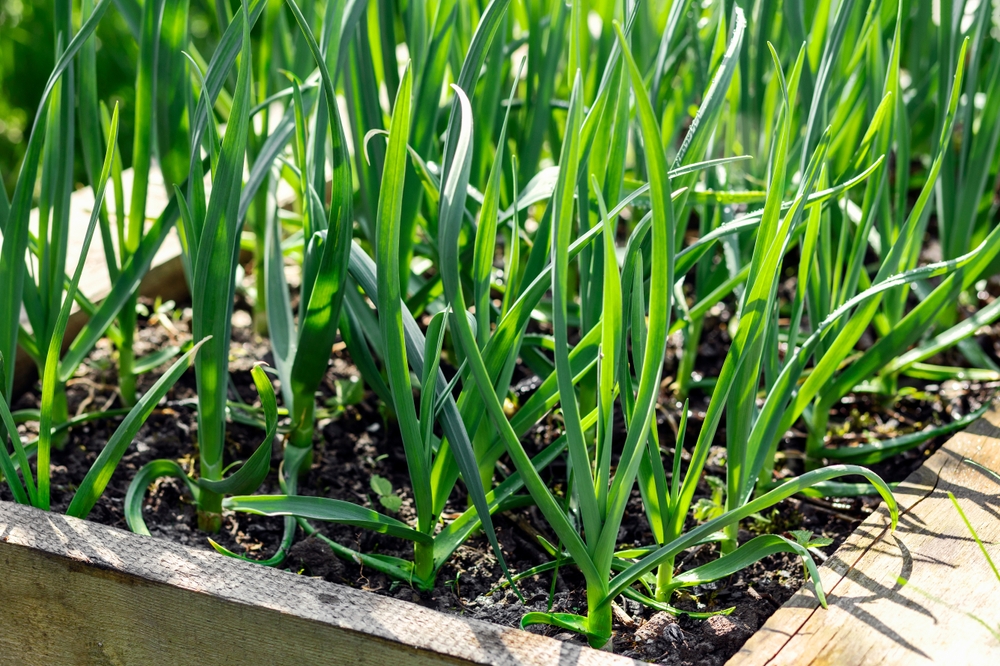
Garlic is a natural weed eliminator due to its strong scent and fast-growing nature. It competes with weeds by taking up space and resources in the soil, leaving little room for weeds to grow. Garlic grows best in well-drained, loamy soil and full sunlight. It requires regular watering, especially during dry spells, but the soil should be allowed to dry out between waterings to prevent rot.
In addition to helping with weed control, garlic can be harvested and used in cooking. It also has natural pest-repellent properties that can help protect other plants in the garden. Garlic can be planted in rows or between other plants, serving as a natural barrier against weeds and pests. With proper care, it will thrive and produce large bulbs ready for harvest.
Chamomile
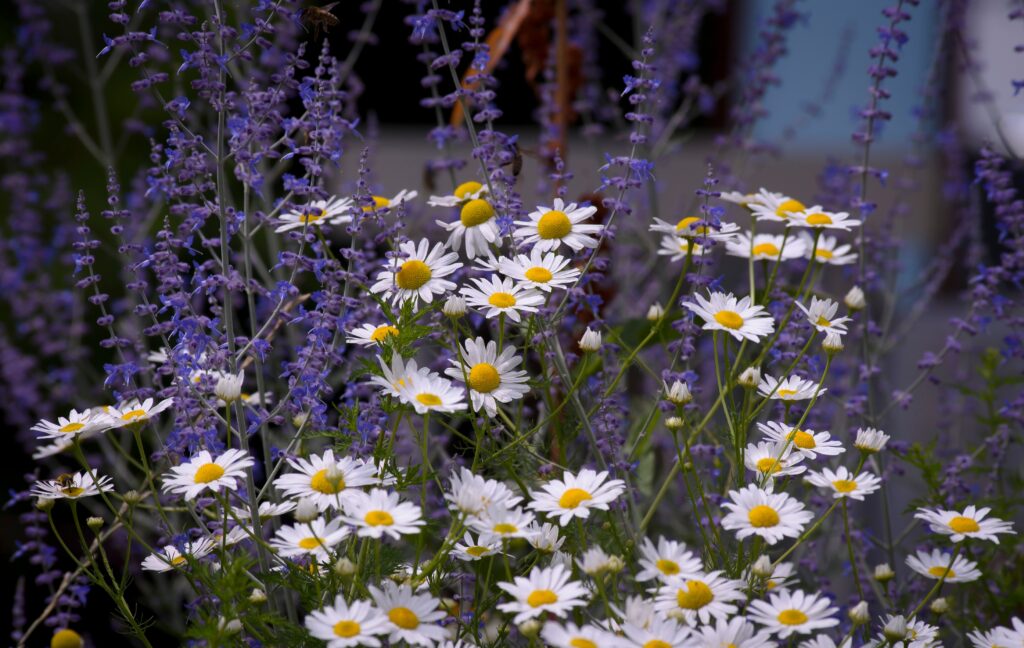
Chamomile is an herb that forms a dense ground cover, making it a great choice for smothering weeds. The small, daisy-like flowers create a thick mat that blocks sunlight from reaching weeds. Chamomile thrives in well-drained soil and full sunlight, but it can tolerate partial shade. Regular watering is necessary, but avoid waterlogging to prevent root rot.
Chamomile’s sweet scent is known to attract beneficial insects and is commonly used in herbal teas. It is easy to maintain and requires minimal care once established. In addition to being an excellent weed suppressant, chamomile is great for making natural remedies. Its soft, green foliage adds a beautiful touch to any garden.
Creeping Jenny
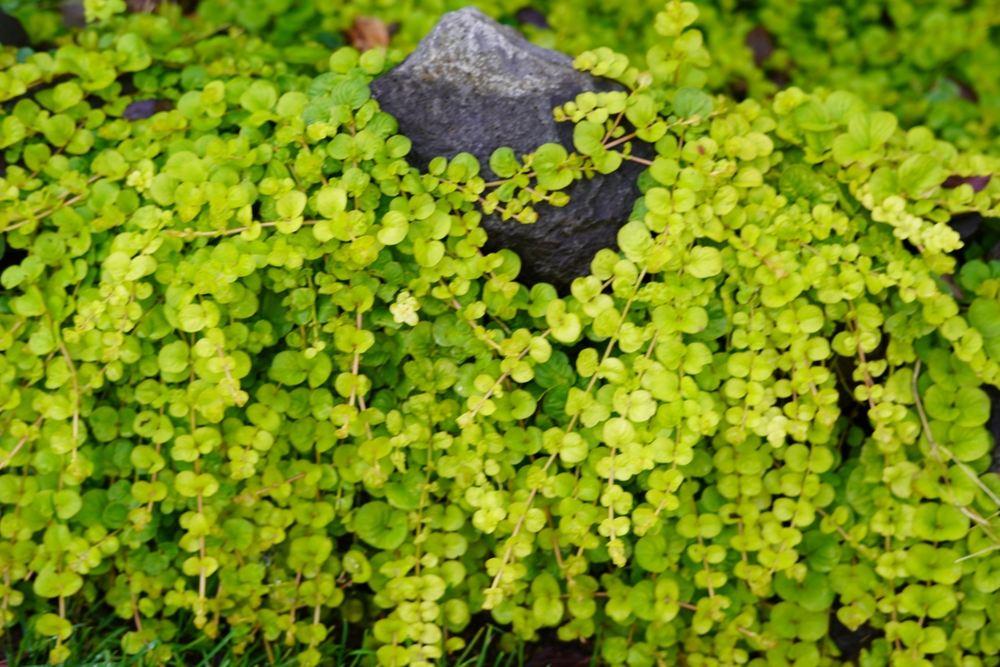
Creeping Jenny is a fast-growing ground cover plant that excels at crowding out weeds. It spreads quickly, forming a dense carpet of green or golden leaves, blocking sunlight and preventing weed growth. Creeping Jenny thrives in moist, well-drained soil and partial to full sunlight. It requires regular watering to keep its growth healthy and robust.
This plant is perfect for areas where you want to keep weeds in check, such as along garden borders or between stepping stones. Creeping Jenny is an attractive ground cover that also adds color with its bright green or yellow foliage. It can be easily maintained by trimming it back to prevent it from spreading too much. It is a low-maintenance choice that helps keep weeds at bay.
Sweet Alyssum
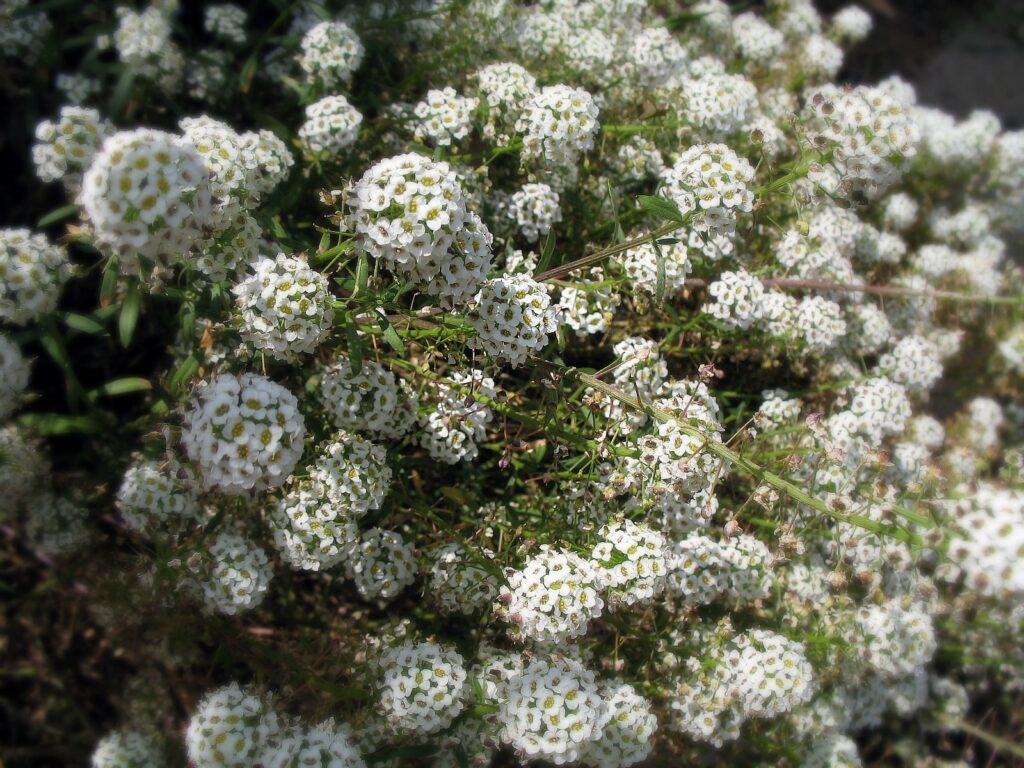
Sweet Alyssum is a low-growing plant that forms a dense mat of tiny flowers, making it an excellent weed deterrent. Its ground-hugging growth covers the soil, limiting the space available for weeds to take root. Sweet Alyssum thrives in full sunlight and well-drained soil. It needs regular watering, but it is drought-tolerant once established.
In addition to controlling weeds, Sweet Alyssum attracts pollinators like bees and butterflies, adding life to your garden. It blooms with tiny white, pink, or purple flowers, adding a fragrant touch to your garden. This plant is easy to care for and does not require much attention once established. It is a great option for keeping weeds under control while enhancing the beauty of your garden.
Vinca Minor (Periwinkle)
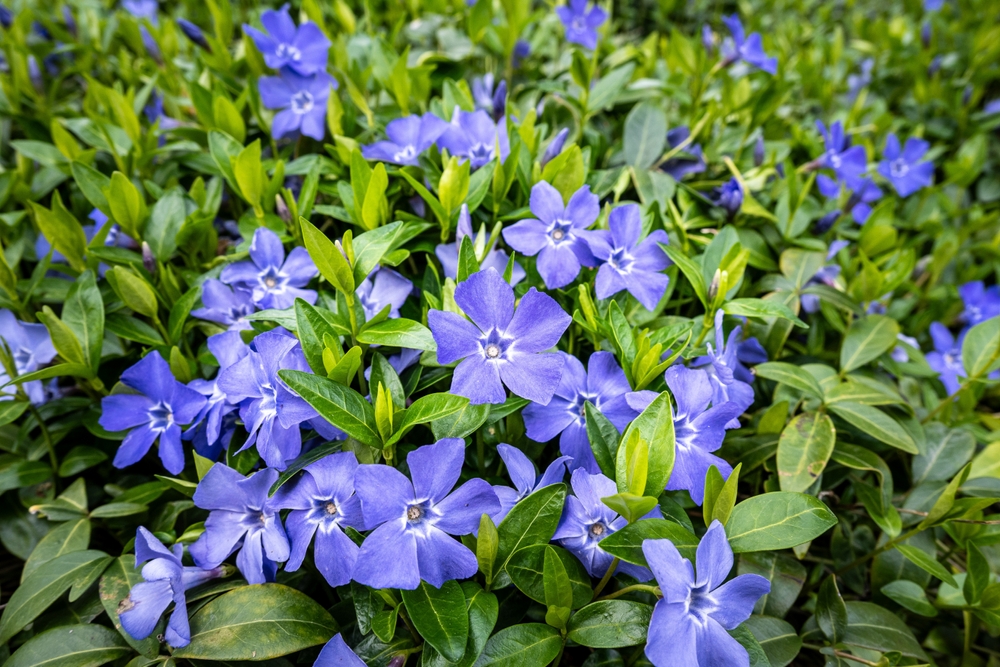
Vinca Minor, or periwinkle, is a fast-spreading ground cover that works well to keep weeds at bay. Its thick growth creates a dense mat that suppresses weed growth by blocking sunlight. Periwinkle grows well in partial to full shade and prefers well-drained, moist soil. It requires moderate watering, especially during dry spells, to maintain its vibrant foliage.
In addition to preventing weeds, Vinca Minor produces lovely purple or blue flowers in the spring and summer. It is a hardy plant that requires minimal care once established. This evergreen ground cover is perfect for shaded garden beds or areas under trees where other plants may struggle. Its beauty and low-maintenance nature make it a great choice for any garden.
Nasturtium
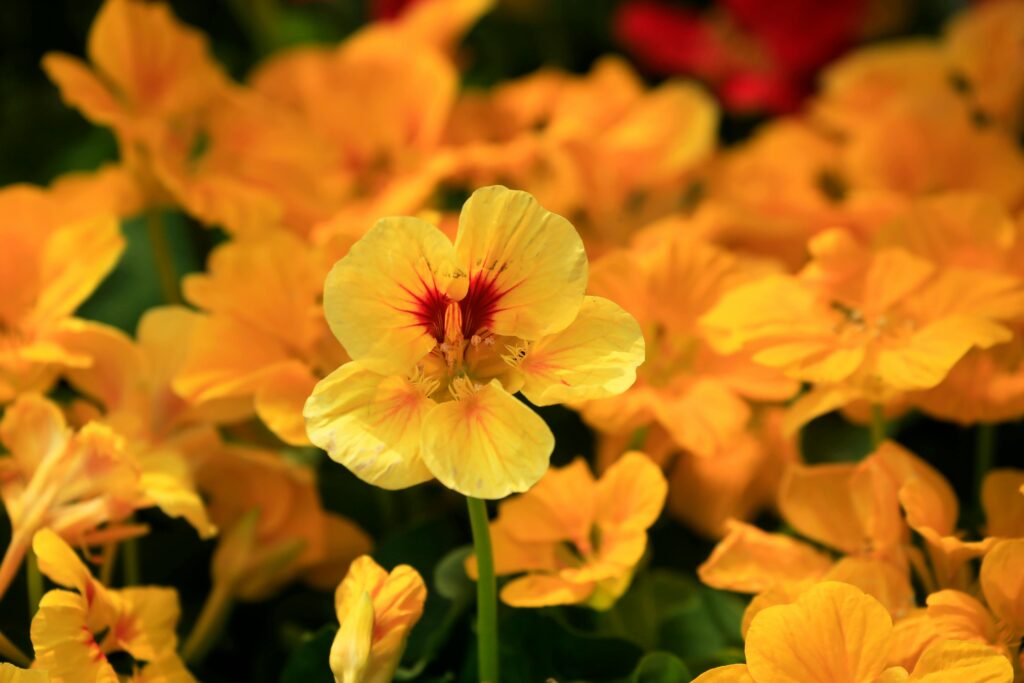
Nasturtium is a colorful, fast-growing plant that acts as an excellent weed suppressant. Its dense growth and spreading nature help cover the soil, preventing weeds from establishing themselves. Nasturtium grows best in full sunlight and well-drained soil. It thrives with regular watering, but it is drought-tolerant once established.
This plant not only eliminates weeds but also attracts beneficial insects like pollinators and pest-repellent bugs. Its edible flowers and leaves can be used in salads or as garnishes, adding a unique touch to your dishes. Nasturtium adds a splash of color to the garden with its vibrant red, yellow, or orange flowers. It is easy to maintain and a great natural weed control option.
Sunflower
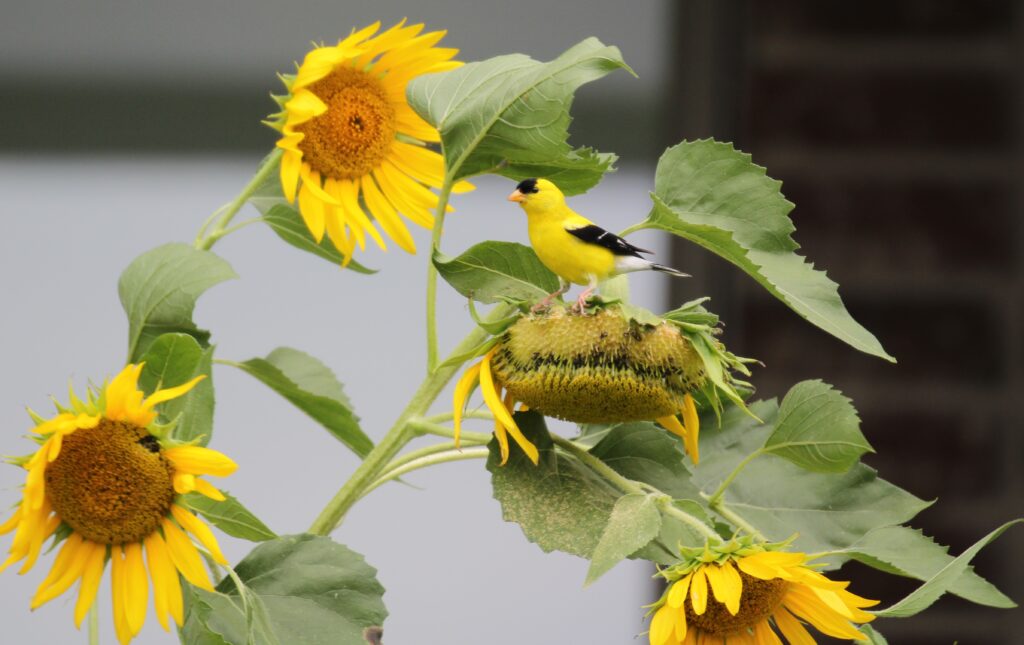
Sunflowers are not just bright and cheerful; they also help control weeds in your garden. Their tall, strong stems and large leaves create shade that suppresses weed growth underneath. Sunflowers need full sunlight and well-drained soil to thrive. They require regular watering, especially in the early stages of growth, but they are drought-tolerant once established.
Sunflowers grow quickly and can be planted along garden edges or in between crops to prevent weed competition. They are also beneficial for attracting pollinators like bees, which helps with the health of your garden. In addition to their weed-suppressing abilities, sunflowers provide seeds that can be harvested for snacks or bird food. Their tall, vibrant blooms add both beauty and function to your garden.
Weed control does not have to involve harmful chemicals or constant maintenance. With a little care, these plants will work to keep your garden flourishing and weed-free.
This article originally appeared on Avocadu.
